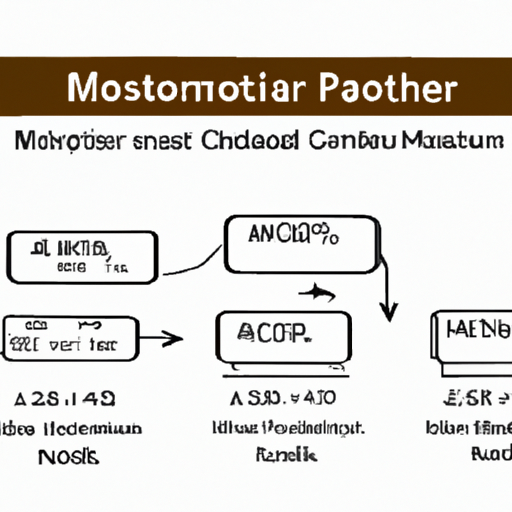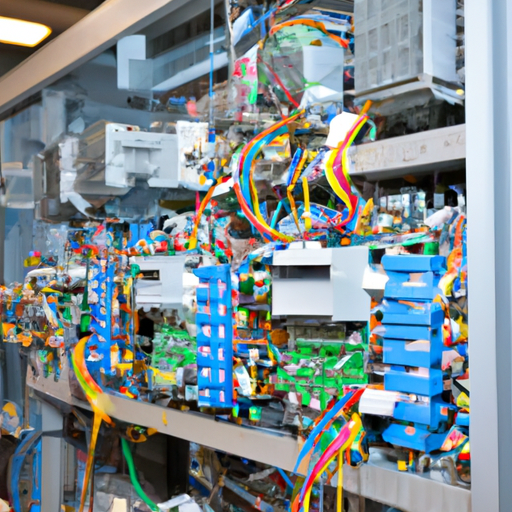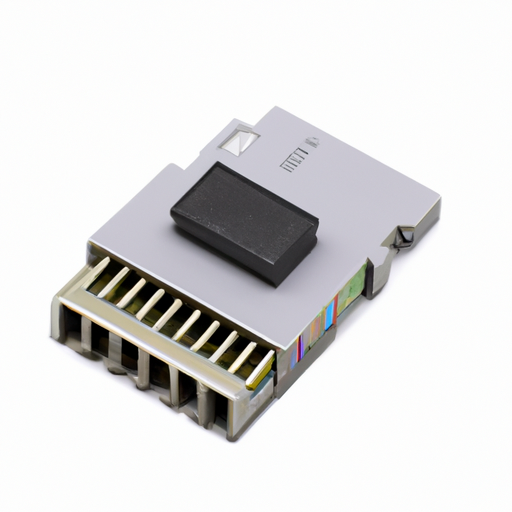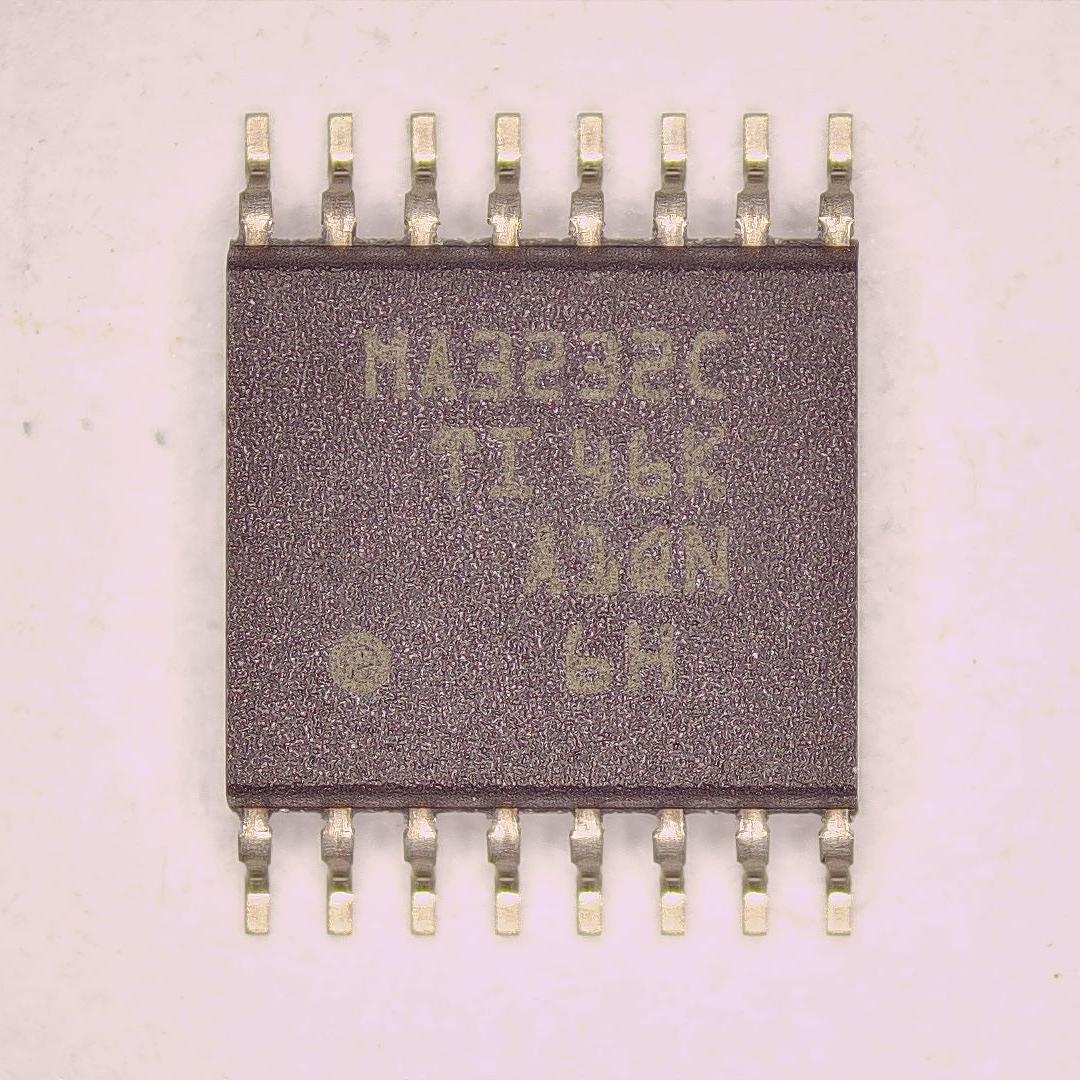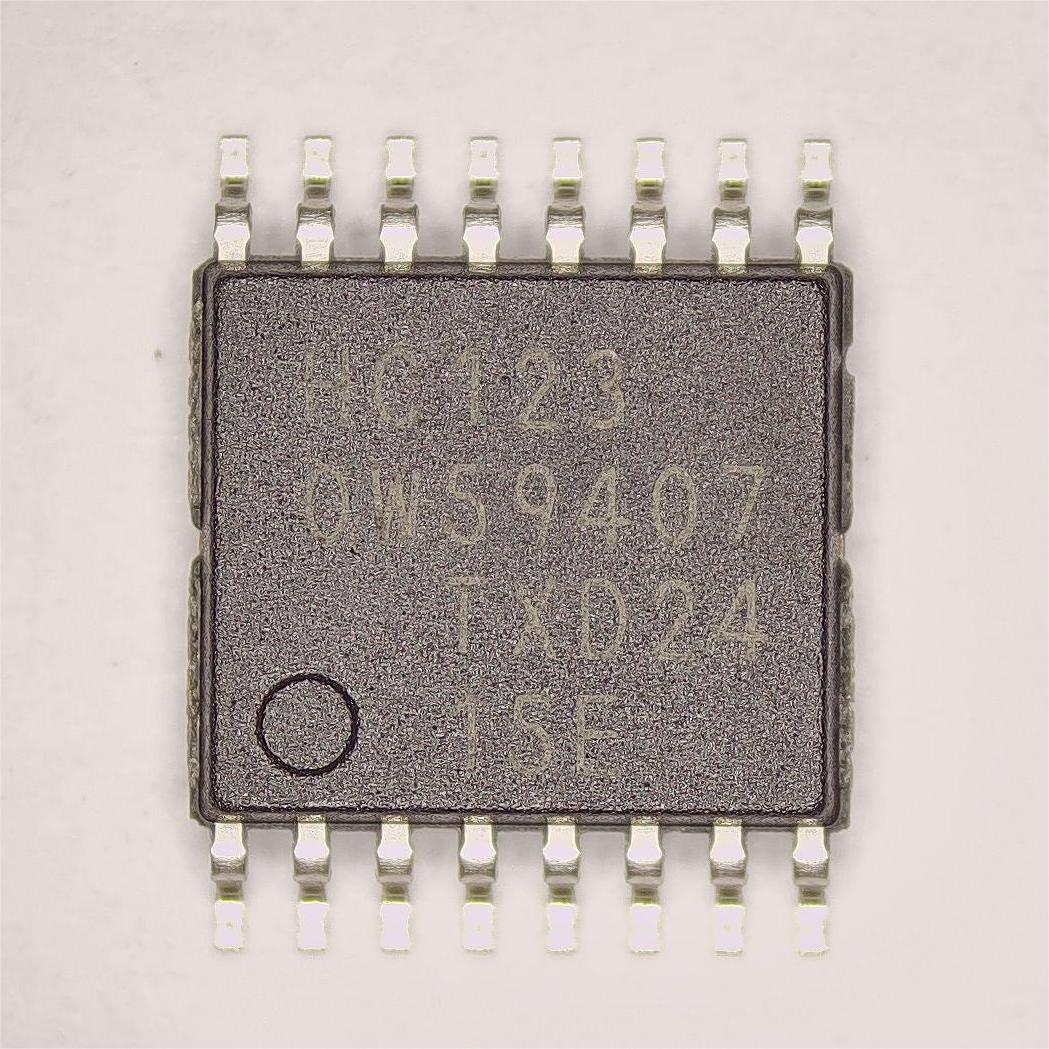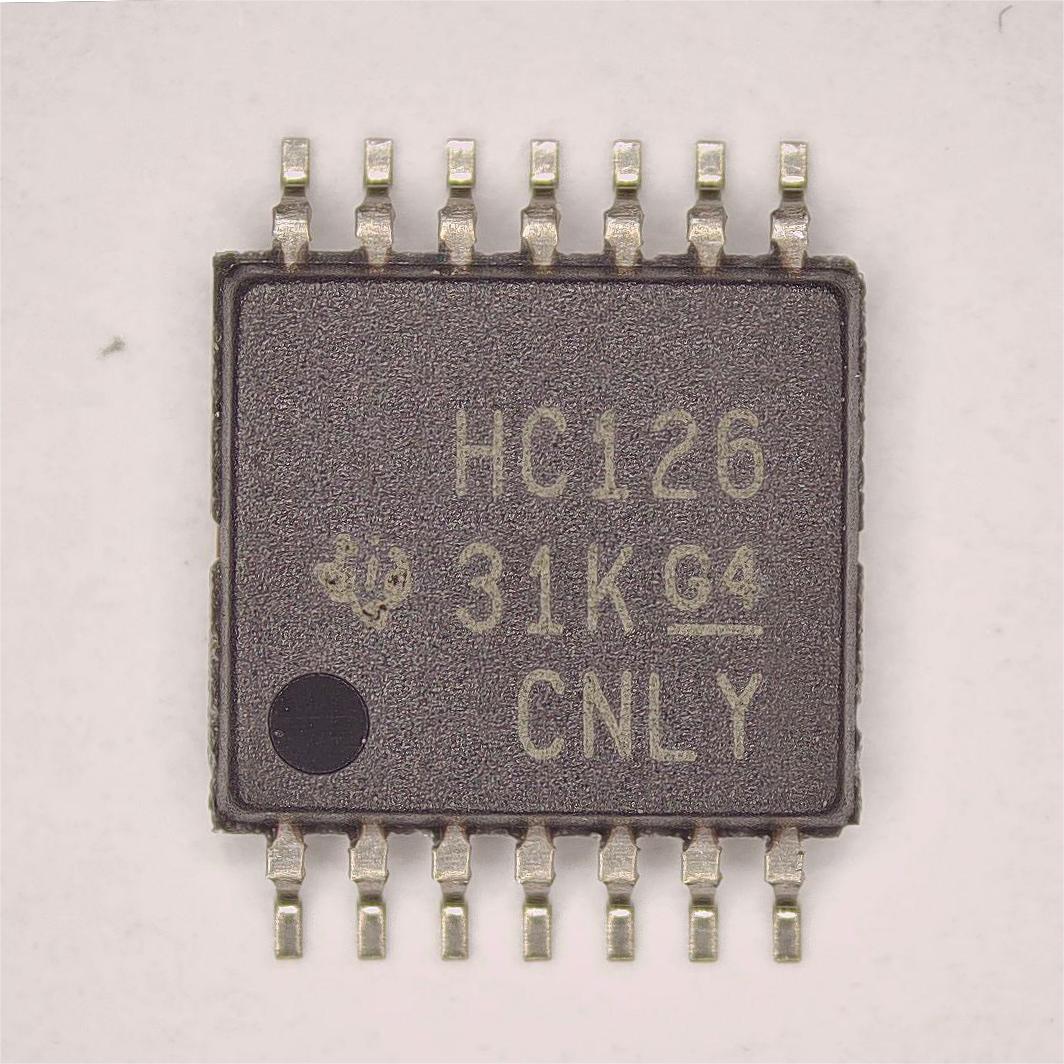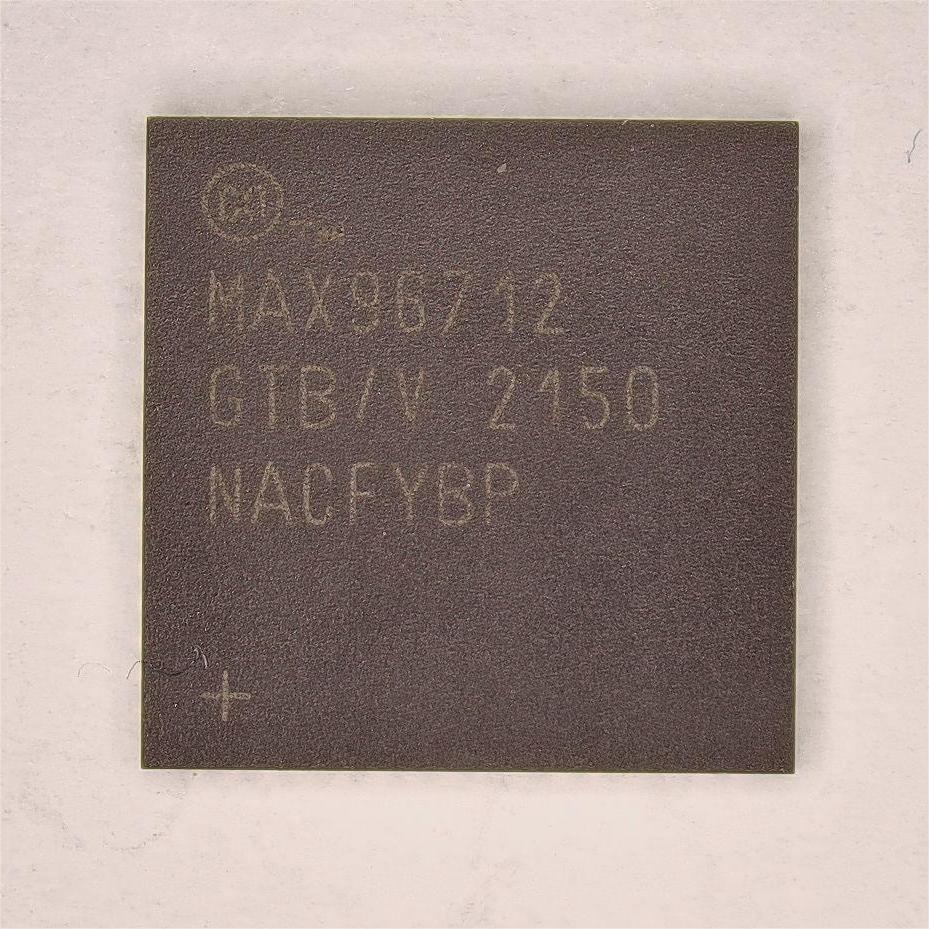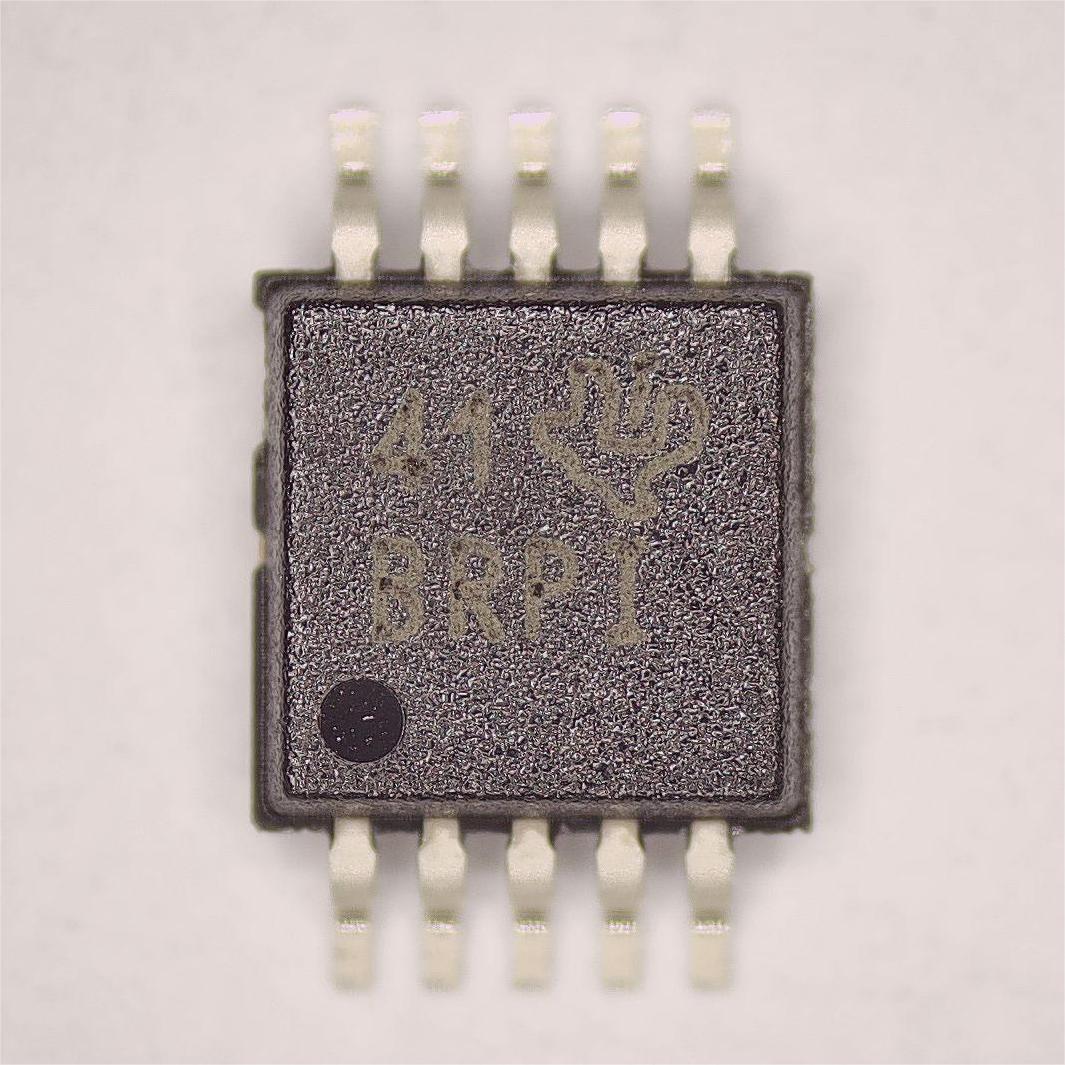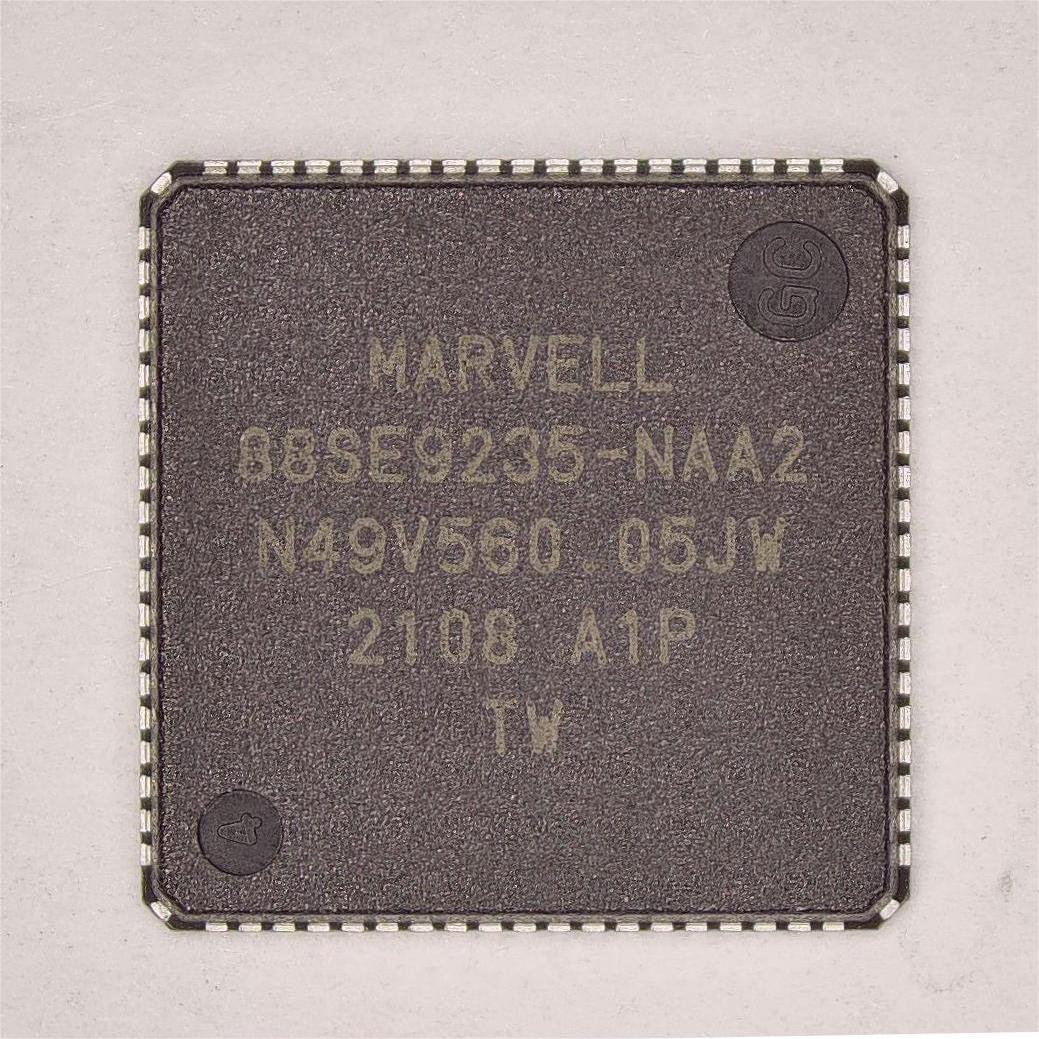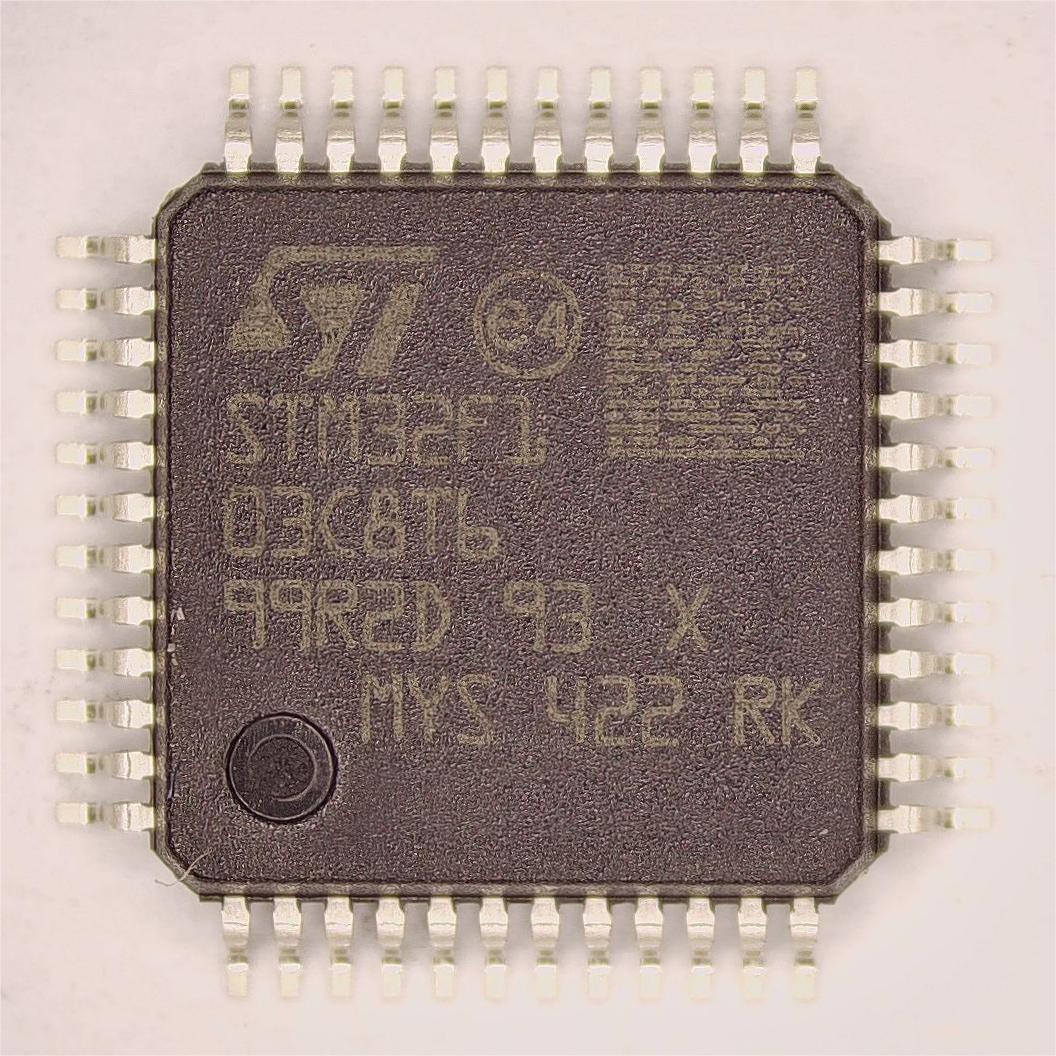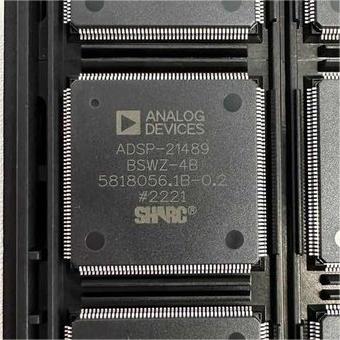What are the mainstream models of capacitor formulas?
What are the Mainstream Models of Capacitor Formulas?
I. Introduction
Capacitors are fundamental components in electrical and electronic circuits, playing a crucial role in energy storage, filtering, and timing applications. A capacitor is a passive electronic component that stores electrical energy in an electric field, created by a pair of conductive plates separated by an insulating material known as a dielectric. Understanding the various models and formulas associated with capacitors is essential for engineers and hobbyists alike, as it allows for the effective design and analysis of circuits. This article will explore the mainstream models of capacitor formulas, covering basic principles, types of capacitors, circuit analysis, applications, and advanced modeling techniques.
II. Basic Principles of Capacitance
A. Definition of Capacitance
Capacitance is defined as the ability of a capacitor to store charge per unit voltage. It is a measure of how much electric charge a capacitor can hold for a given voltage across its plates. The higher the capacitance, the more charge the capacitor can store.
B. Formula for Capacitance
The fundamental formula for capacitance (C) is given by:
\[ C = \frac{Q}{V} \]
Where:
- \( C \) is the capacitance in Farads (F),
- \( Q \) is the charge stored in coulombs (C),
- \( V \) is the voltage across the capacitor in volts (V).
This formula highlights the direct relationship between charge and voltage, illustrating that for a given voltage, a higher capacitance results in a greater stored charge.
C. Units of Capacitance
Capacitance is measured in Farads, which is a relatively large unit. In practice, capacitors are often rated in microfarads (µF), nanofarads (nF), or picofarads (pF), as most capacitors used in circuits have capacitance values in these ranges.
III. Types of Capacitors
Capacitors come in various types, each with unique characteristics and applications. Here, we will discuss four mainstream types of capacitors: electrolytic, ceramic, film, and tantalum capacitors.
A. Electrolytic Capacitors
Electrolytic capacitors are polarized capacitors that have a high capacitance value relative to their size. They are commonly used in power supply circuits and audio applications. The formula for equivalent series resistance (ESR) is crucial for understanding their performance:
\[ ESR = \frac{V_{ripple}}{I_{load}} \]
Where \( V_{ripple} \) is the allowable ripple voltage and \( I_{load} \) is the load current. A lower ESR indicates better performance in filtering applications.
B. Ceramic Capacitors
Ceramic capacitors are non-polarized capacitors known for their stability and reliability. They are widely used in high-frequency applications. The temperature coefficient of capacitance (TCC) affects their performance, and it is expressed as:
\[ C(T) = C_0(1 + \alpha(T - T_0)) \]
Where \( C_0 \) is the capacitance at reference temperature \( T_0 \), \( \alpha \) is the temperature coefficient, and \( T \) is the operating temperature.
C. Film Capacitors
Film capacitors are made from thin plastic films and are known for their low dielectric loss and stability. They are often used in audio and high-frequency applications. The dielectric loss can be expressed as:
\[ D = \frac{P}{V^2} \]
Where \( D \) is the dielectric loss, \( P \) is the power loss, and \( V \) is the voltage across the capacitor.
D. Tantalum Capacitors
Tantalum capacitors are known for their high capacitance values and reliability. They are often used in applications where space is limited. Understanding their failure modes is essential for ensuring reliability, as they can fail short-circuit, leading to catastrophic failures.
IV. Capacitor Models in Circuit Analysis
A. Ideal Capacitor Model
An ideal capacitor is characterized by its ability to store energy without any losses. In circuit analysis, the ideal capacitor is represented by its capacitance value alone, and it follows the relationship:
\[ I = C \frac{dV}{dt} \]
Where \( I \) is the current through the capacitor, and \( \frac{dV}{dt} \) is the rate of change of voltage across it. This model simplifies analysis but does not account for real-world factors.
B. Non-Ideal Capacitor Model
In reality, capacitors exhibit non-ideal behavior due to factors such as equivalent series resistance (ESR) and equivalent series inductance (ESL). These factors can be modeled using equivalent circuit models, which include resistors and inductors in series or parallel with the capacitor. This allows for a more accurate representation of the capacitor's behavior in a circuit.
C. Frequency Response of Capacitors
The impedance (Z) of a capacitor is frequency-dependent and can be expressed as:
\[ Z = \frac{1}{j\omega C} \]
Where \( j \) is the imaginary unit, and \( \omega \) is the angular frequency. The reactance (X) of a capacitor decreases with increasing frequency, which is crucial for understanding how capacitors behave in AC circuits.
V. Capacitor Formulas in Different Applications
Capacitors are used in various applications, and their formulas play a significant role in circuit design.
A. RC Circuits
In resistor-capacitor (RC) circuits, the time constant (τ) is a critical parameter, defined as:
\[ \tau = R \times C \]
Where \( R \) is the resistance in ohms (Ω) and \( C \) is the capacitance in Farads (F). The charging and discharging equations for an RC circuit are given by:
- Charging: \( V(t) = V_0(1 - e^{-\frac{t}{\tau}}) \)
- Discharging: \( V(t) = V_0 e^{-\frac{t}{\tau}} \)
Where \( V_0 \) is the initial voltage.
B. Resonant Circuits
In resonant circuits, capacitors work in conjunction with inductors. The resonant frequency (f₀) is given by:
\[ f_0 = \frac{1}{2\pi\sqrt{LC}} \]
Where \( L \) is the inductance in henries (H). This formula is essential for designing oscillators and filters.
C. Filters
Capacitors are integral to filter design, including low-pass and high-pass filters. The cutoff frequency (f_c) for a simple RC filter can be calculated as:
\[ f_c = \frac{1}{2\pi RC} \]
This equation helps determine the frequency at which the output signal is reduced to 70.7% of the input signal.
VI. Advanced Capacitor Models
A. SPICE Models
SPICE (Simulation Program with Integrated Circuit Emphasis) is a powerful tool for simulating electronic circuits. Capacitor models in SPICE allow engineers to analyze circuit behavior under various conditions. These models can include parameters for ESR, ESL, and temperature effects, providing a more accurate representation of real-world performance.
B. Behavioral Models
Behavioral modeling is an advanced technique used in circuit design to represent the behavior of capacitors without relying on traditional physical models. These models can simplify complex designs and allow for rapid prototyping. The advantages of behavioral models include increased flexibility and the ability to simulate non-linear behaviors.
VII. Conclusion
Understanding the mainstream models of capacitor formulas is essential for anyone involved in electrical engineering or electronics. From the basic principles of capacitance to advanced modeling techniques, capacitors play a vital role in circuit design and analysis. As technology continues to evolve, so too will the methods for modeling and utilizing capacitors, paving the way for more efficient and innovative electronic devices.
VIII. References
For further study on capacitors and their applications, consider the following resources:
1. "The Art of Electronics" by Paul Horowitz and Winfield Hill
2. "Microelectronic Circuits" by Adel S. Sedra and Kenneth C. Smith
3. IEEE papers on capacitor technology and applications
4. Online resources and tutorials on SPICE simulation and circuit design
By exploring these references, readers can deepen their understanding of capacitors and their critical role in modern electronics.

